The world is changing ‘ the increase of burning fossil fuels is having a devastating effect on our climate. When the problem first came to light in the 1970s, scientists warned that global weather systems would become increasingly erratic if we did not act. Year on year, we pump more carbon into the atmosphere and now we are starting to see the effects that this has. Though no individual disaster of recent years can be attributed to climate change, upsetting the ecosystems is making erratic weather more common and more erratic.
1. Typhoon Haiyan
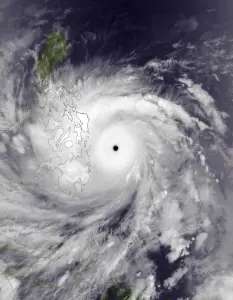
The most powerful typhoon of the year was without a doubt that which they called Haiyan. It hit in early November and is now considered the most powerful typhoon on record. The Philippines were most directly affected but other countries in the region suffered too. It was the thirtieth typhoon of the year ‘ frequency is increasing as is intensity. Millions of dollars of aid poured into the affected region in which over 6000 people were confirmed dead and nearly 2000 still missing. It was the most expensive disaster of the year
2. Wildfires – Australia

It seems that barely a year goes by now without the bushfires of Australia becoming more widespread and more intense. In New South Wales, the situation became so bad that the state government declared a state of emergency. Over 200 homes were destroyed as the country battled fires that seem to get more and more out of hand every year. The Blue Mountains were hit the worst in 2013. In total, there were two fires in the mountains and one a little farther away at Lithgow.
3. A Conveyor Belt of Hurricanes ‘ United Kingdom

Winter in the United Kingdom is known for being cold and wet, but they are not always. Recent years have seen some fairly mild temperatures, dry conditions and snow. October to December 2012 was so dry that authorities were worried about a potential drought in spring and summer. Cut to November to December 2013 and the country experienced three or four hurricanes in the space of five weeks. Already saturated land flooded, particularly the Somerset Levels which experienced further flooding when the wet weather continued into January. One of the storms ‘ called Xaver ‘ swept on into Northern Europe
4. Earthquake – Balochistan
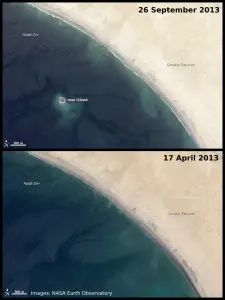
There are types of natural disaster that cannot be attributed to climate change ‘ earthquakes are one of them. In September, the region of Balochistan in Pakistan suffered a quake which registered a 7.7 magnitude on the Richter Scale. Over 300 people were killed in the quake and thousands more left homeless for weeks. In the wake of the quake, a new island appeared off the coast ‘ fairly normal following earthquakes but sadly within a month it started to sink.
5. Floods – Mexico
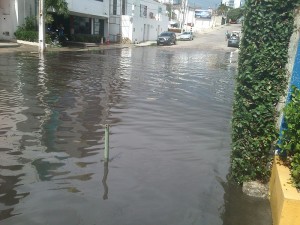
Floods seemed to be the order of the day for northern Europe but the Americas also saw their fair share of the disaster too. In September, the region of Acapulco was hit by severe rainfall which resulted in heavy flooding. Two severe storms led to the deaths of 139 people but just two weeks later the rain hit leading to flash flooding. Despite being the wet season, the region was not prepared for so much rain to fall in such a short space of time. Whole villages were wiped off the map
6. Wildfires – Portugal
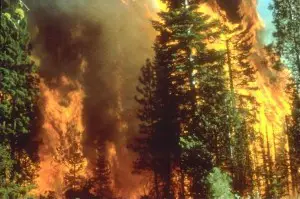
Due to intense dry heat of summer and autumn, Mediterranean Europe can suffer wildfires as much as Australia. Portugal experienced its worst fires in history in September 2013. The fires were near the popular tourist destination of Algarve. 16 people died in fires that covered 215,000 hectares (531,000 acres) ‘ an area the size of Luxembourg. A national disaster was declared and aid requested from the EU central fund. The country had been dry for months having suffered a drought.
7. Tornado – Oklahoma
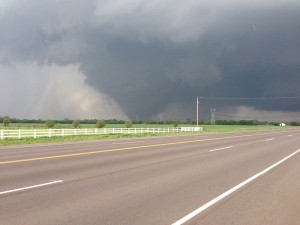
Oklahoma is one of those states famous for tornados and in 1999 it experienced one of the worst on record. 2013 saw another horrific tornado season. One particular example tore through the Oklahoma city suburb of Moore in May of 2013. Homes were destroyed; cars piled on top of each other and in one case, a group of children were trapped inside a school bus. Fifty-one people were killed, twenty of whom were children. 230 people were injured.
8. Meteor – Russia

One of the rarest natural disasters, at least in terms of causing widespread damage, is the meteor. So many break apart in the atmosphere and all most people experience is a broken window. The Chelyabinsk meteor hit the atmosphere and came down with such force that it became what is known as a ‘super bolide’. It detonated over the Oblast, sending shockwaves and fragments over a wide area and lit up the sky. Though nobody was killed, over 1500 were injured seriously enough to need medical treatment. Properties were damaged. In October, a large fragment was recovered from a nearby lake
9. Ice Storm – Canada
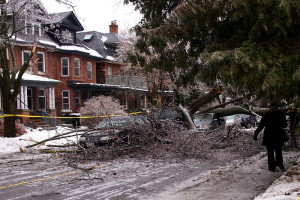
Just before Christmas, the eastern provinces of Canada and the north-eastern states of the USA were hit with snow, ice pellets and freezing rain over the course of four days. Over 600,000 people in Ontario alone were left without power and Toronto suffered blackouts during the period. But of course, it would be nothing compared to the so-called ‘Polar Vortex’ that would come just one month later in January 2014 and hit most of continental North America.
10. Droughts – China

A number of countries suffered unusually dry seasons ‘ already mentioned are Portugal and Australia. China was hit with a critical dry spell, Guangxi in particular suffered loss of crops due to a lack of rainfall. Relief eventually came when a period of sustained rainfall eased fears. Prior to this, the Chinese government had to act to prevent food prices going up too high and made plans to tackle fears of food shortages.
Conclusion
As the climate changes, we can expect natural disasters to get worse ‘ greater frequency and more intense. There is nothing that we can do about volcanoes, earthquakes and near-earth objects such as asteroids, comets and meteors from causing damage but it seems very clear that our weather patterns are becoming more erratic as time goes by










Leave a Reply